Home »
Misc »
How to be a good rebounder in basketball
How to be a good rebounder in basketball
5 Keys to Becoming a Great Rebounder in Basketball
This article was written by Kyle Ohman.
1. Rebounding Desire
- Mentality
- The first thing that every great rebounder must have is the right mentality. Rebounding must be a conscious choice that you make as a player. You must decide to give maximum effort every time that a shot goes up. There are no plays off when it comes to being a great rebounder.
- Outwork
- It is not always about size, but how much you are willing to work to get the ball. If you are willing to do your work early and finish all the way through to the rebound, you will give yourself a great chance of getting the ball, regardless of size.
2. Rebounding Technique
- Defensive Rebounding
- Along with desire, rebounding the basketball has a lot to do with technique. The better a player’s technique is, the better a rebounder they will become.
![]()
- Forearm: The first thing that you must do when the shot goes up is to locate the offensive player with your forearm. If you try to go straight for the box out, you will allow the player to fake one way or the other and potentially get around you. A forearm to the offensive player’s chest allows you to locate and stop them as you go into your box out motion.
- Hip/Butt: You mustn’t allow the player to break contact with you after the forearm by immediately putting your hip/backside on them and driving them backward with a low strong base. If you have good positioning, the offensive player may try to drive you under the basket to take away your rebounding angle. So make sure that you keep this low strong base and drive them back instead of being driven forward.
- Hands Wide: Keep your hands up as you box out; a good visual term for this is “thumbs in your ears.” This will help with a few different things; it will make you wider and harder to get around, it will keep you from reaching and grabbing the offensive player – which could be called for a foul, and it will allow your hands to be quicker in reacting to the basketball as it comes off of the rim.

- Offensive Rebounding
- Depending on your location when the ball goes up, you will have different strategies on what type of move you use to get the offensive rebound.
- Close to the Basket: If you are already close to the basket and the defender has inside position on you, then try to drive them under the basket so that they do not have a good angle once the ball comes off the rim. Don’t extend your arms when driving them under the basket. Instead, use your legs to generate force and leverage to drive them under the basket.
- Away From the Basket: If you are out away from the basket and your defender has good positioning, you will want to try to use a swim move or a spin move to get past them. The key to this type of move is not to let them make solid first contact with you. Fake one way to get them to shift, and then make your move past them the other direction.
- Inside Position: If, for some reason, you have an inside position when the shot goes up, treat it just like a defensive box out.
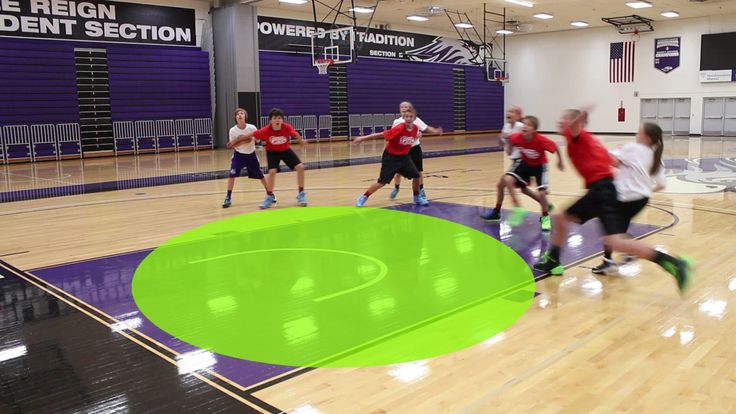
3. First to React the Rebound
- Locate the Ball
- The player that can locate the ball first will be at an advantage and will be able to make the first move to the ball. So it is important that you can quickly locate the ball as it comes off the rim.
- Release to the Ball
- If you are in a defensive box out, don’t wait for the ball to drop down to you. As soon as you locate the ball off the rim, you need to release from your box and pursue the ball.
- Percentages
- Depending on where and what type of shot is taken, the ball will have a higher percentage of bouncing off the rim either; long, short, hard, or soft.
- Misses from the wing and corner areas have a higher percentage of bouncing off the rim long.
- Long-range misses typically mean longer rebounds.
Related Basketball Rebounding Drill: Reaction Rebounding Drill
4.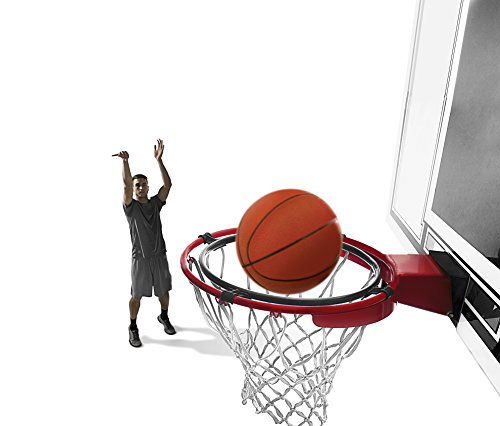 Out of Area Rebounding
Out of Area Rebounding
- Pursue
- Be willing to pursue the ball out of your area. Rebounds are not always going to drop right into the spot you are boxing out at; you need to pursue the ball when it is out of area.
- Highest Point
- Don’t let the ball drop down to you, but go up and get it at the highest point possible for you. The longer you wait on the ball, the more chance you give other players to get their hands on the ball.
- Tip Outs
- There are going to be times when the ball is too far out of area to be able to grab and pull in. This is a great chance to tip the ball to yourself or out to a teammate.
- Defense: You may not always be able to corral the board, but if you see a free teammate, you may be able to tip them the ball so that they can control it.
- Offense: If you are not able to control the board, you should, if possible, be trying to tip the ball out to a good shooter on your team.
 One of the best times to shoot a 3 pointer is after an offensive rebound kick out, or in this case, a tip out.
One of the best times to shoot a 3 pointer is after an offensive rebound kick out, or in this case, a tip out.
Related Basketball Rebounding Drill: Superman Rebounding Drill
5. Finish the Play on the Boards
- Two Hands
- Your goal when rebounding the basketball should always be two hands. This makes you stronger with the ball and will help to keep your opponent from wrestling the ball from your grip.
- There will be times that you can only get one hand on the ball, but you want to try and use two hands if possible. Here is a great basketball rebounding drill for working on one-handed rebounds in traffic: Kevin Love Rebounding Drill.
- Chin the Ball
- Defense: Getting your hands on the board is great, but you need to complete the play by bringing the ball into a place of strength. If you are a post player, you want to also be thinking about being able to outlet the ball as well once you have secured the board.
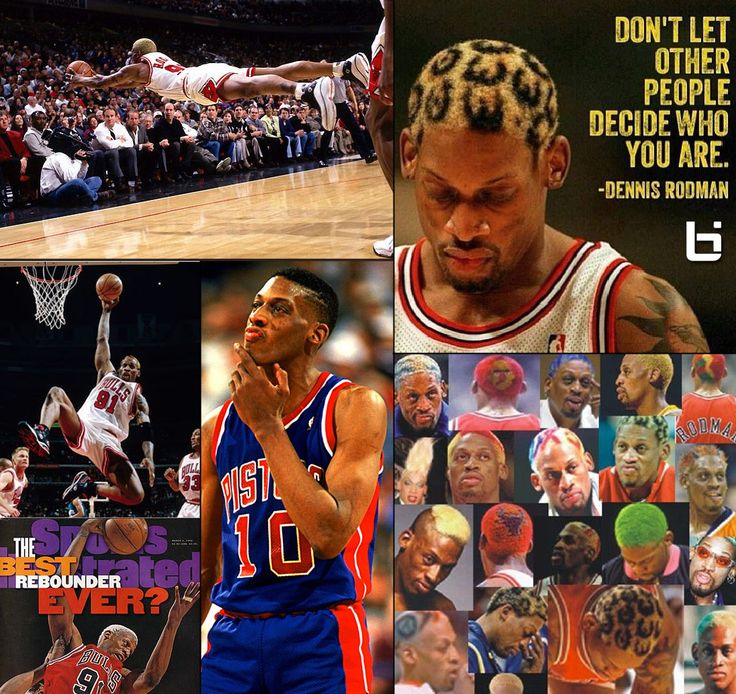
- Offense: When you get an offensive rebound, it is important that you chin the ball and don’t bring the ball down to where small guards can reach in and strip the ball. Keep the ball high where you can be strong with the ball and then finish if there is an opportunity.
Rebounding is not seen as glamorous, and it may not be appreciated as much as it should be by most fans. Still, it absolutely has a direct correlation to winning basketball games. Controlling the boards finishes defensive possessions and creates second-chance points on the offensive end. Just look at the value that a player like Dennis Rodman added to the Bulls and the Pistons in his playing career.
Having a player who buys into being a great rebounder can directly impact a game or an entire season. Being a great rebounder is not a once in a while thing, though. It is competing and executing great technique on every shot that goes up. It is controlling the glass and setting the tone for an entire team.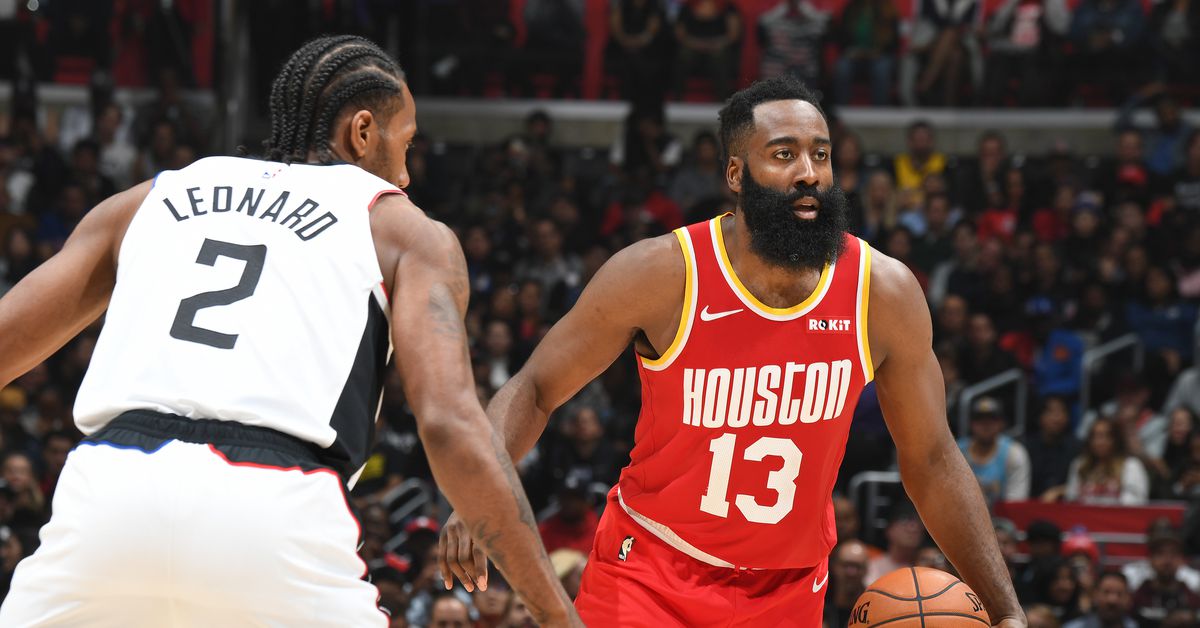
Great rebounders are contagious. They not only do a great job of rebounding for themselves, but they also inspire other teammates to compete on the glass. Teammates see how hard the player is working on the glass, and before you know it, you have an entire team of players that take pride in rebounding and dominating the glass every game; this type of play turns into wins.
If you want to be a great rebounder, you have to be willing to put in the work. It takes time to develop great rebounding technique, being able to locate the ball quickly, and then finish the play. This means time spent in the gym, specifically working on rebounding. So start adding value to your game and your team by becoming a great rebounder.
Basketball on the Edge - 10 Rebounding Tips To Help You Control The Glass
Rebounding is such an important part of the game and yet it is often overlooked when it comes to skill development. Here are ten tips that will help you become a better rebounder.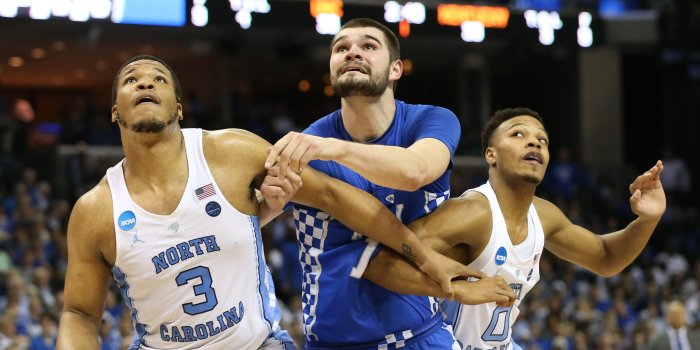
1. Box Out
So few players today box out their opponent so you will have a distinct advantage if you are willing to box out. Fight for inside position, try to make contact with your opponent first when boxing out, and then go get the ball.
2. Run hard on the fast break and get to the front of the rim.
As a youth coach, I see this all the time. A fast break results in a shot taken close to the basket. There are several players from each team jogging near half-court assuming the shot is going to go in. One player really hustles down the floor and grabs the rebound when the shot is missed. Make sure YOU are that player. All it takes is effort.
3. Don’t watch the ball.
Ignore the flight of the ball and immediately focus on getting inside position so you can box out. Ball watchers get very few rebounds.
4. Develop an every rebound is mine mentality.
When the shot goes up great rebounders believe they will be able to get the ball.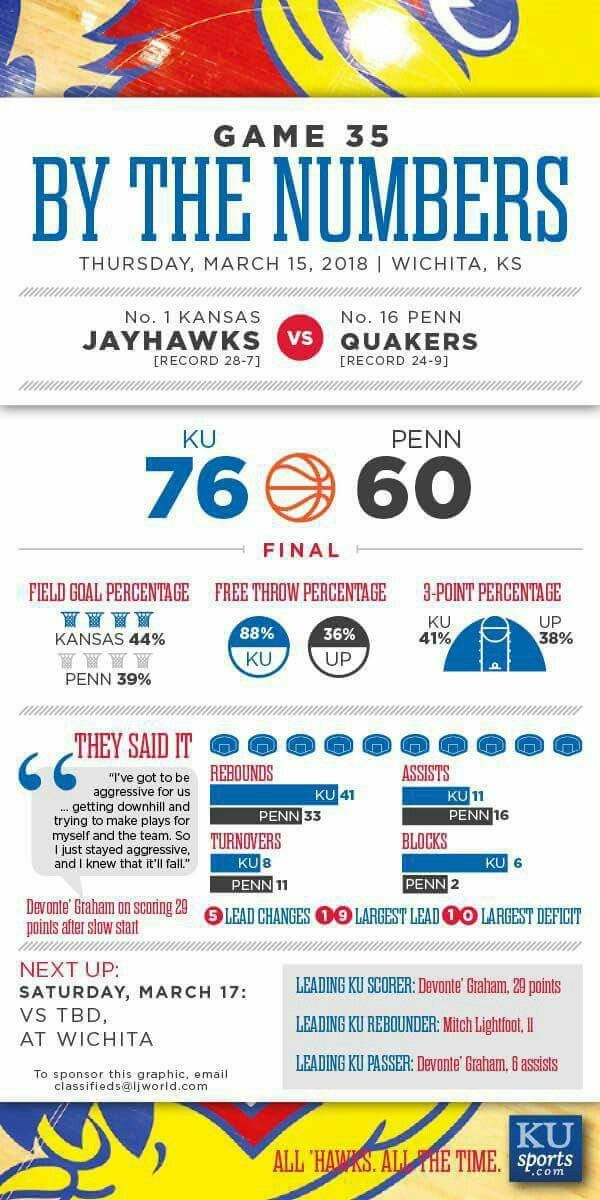 It doesn’t matter where the ball goes after it hits the rim. They simply won’t be denied. Neither should YOU.
It doesn’t matter where the ball goes after it hits the rim. They simply won’t be denied. Neither should YOU.
5. Learn the angles.
Experience will help you to better understand where the ball is going depending on where the shot came from and its arc. Establish position where the ball is most likely to end up and you’ll have the advantage over your opponent.
6. Get low, get leverage, get up.
When you are establishing position and boxing out get low with a wide base. This will give you a leverage advantage to move your opponent out of position. Finally jump as high as possible with both hands up ready to secure the rebound.
7. Don’t get caught (or pushed) under the basket.
Very few rebounds drop straight down under the basket (except those that go in). Try to establish position 3-5 feet from the rim to increase your chances of grabbing the rebound.
8. Keep moving.
Never stand flat-footed or straight up and down. If you are in a stance and moving you’ll be able to get into rebounding position quickly when the shot goes up.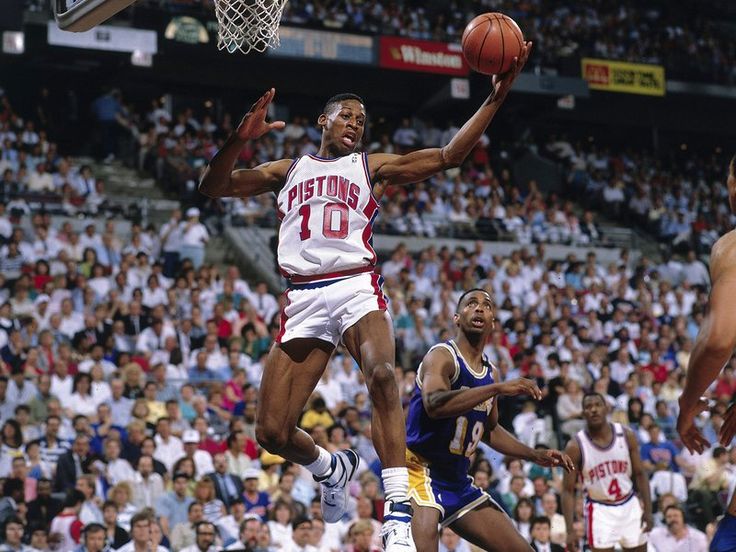 As an offensive rebounder being active means that your defender doesn’t always know where you are or from what angle you may be crashing the boards.
As an offensive rebounder being active means that your defender doesn’t always know where you are or from what angle you may be crashing the boards.
9. Chin the ball after you rebound.
Don’t work hard to get the rebound and then have it stripped out of your hands because you lazily put the ball down by your waist. Put the ball under your chin with your elbows out. A would-be defender will think twice about reaching in if you are “chinning” the ball.
10. You can’t be Mr. Nice Guy.
Rebounding is messy business. You must be willing to mix it up , both giving and receiving a lot of physical contact. An aggressive player will always have the edge on the passive player.
Many coaches cite rebounding as a critical skill that often determines the outcome of a game. Coaches love players that can rebound. You will never hear a coach say, “Klinzing! You are getting too many rebounds!” Few players really focus in on what it actually takes to become a great rebounder at any level of basketball. Follow these ten rebounding tips and be prepared to dominate the backboards on both ends of the floor.
Follow these ten rebounding tips and be prepared to dominate the backboards on both ends of the floor.
Leave us a comment about this post [email protected]
Sign up now to get a “Head Start” on your competition with our free basketball tip of the day delivered straight to your inbox. Click below, enter your email and we’ll also send you our E-Book, “Mental Toughness, Improve Your Brain – Improve Your Game”.
Free Tip of the Day!
Shooting exercises
replica swiss watches
Basketball is a great team game, the team consists of players whose skill is achieved with great effort. The only person who can understand that you are working hard is yourself. Remember, you only get out of the game what you put into it. Give yourself to her without a trace.
Jump shot
In basketball, an outstanding sniper is a piece item. If you want to be a great sniper, all you need to do is just want to be one.
First, you must improve your skills.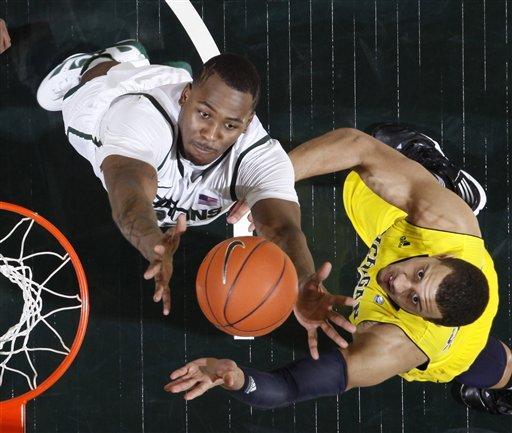
This includes having a good coach and years of training. Secondly, you must improve in game mode.
This means that you must perform throwing drills at the same intensity as in the game. It's far better to hit 100 shots in play than 500 sloppy shots that a good defender would never let you make in a game. Finally, you must understand that working on a roll is like investing in a bank. If you don't deposit anything into your account, you won't receive dividends when you need them.
The sniper must have "throw school". When throwing after a dribble, one of the main features is the last hit of the ball on the court, which must be fast and strong so that it bounces higher, right into your hands - this will help you not waste time handling the ball.
Individual Shooting Exercises
Exercise 1 Attention Concentration
- Start from a distance close to the ring.
- Throw with one hand. Follow correct technique.
- Make five from each position.
 Take a step back and repeat (Fig. 1).
Take a step back and repeat (Fig. 1).
Exercise 2 7 throwing positions and rebound (4 meters)
- Jump shot from position 1.
- Pick up the ball, dribble quickly to position 7, shoot.
- Pick-up, fast with guiding back to position 1.
- Make 10 rolls.
- Repeat the same steps using positions 6 and 2, 5 and 3, 4 (Fig. 2).
Exercise 3 7 shooting positions and a rebound (from behind the three-point line)
1. Repeat the same steps as in exercise 2 (fig. 3).
Exercise 4 Throw after stop
- Start from position 1, toss the ball to position
- Pick it up, while you have to run around the ball so that you are facing the ring.
- Make 10 rolls, then advance to the next position.
Ex.5 Shooting from five positions after a fake move (from four meters or from behind the three-point line)
- Start from any position.

- On bent knees and with your head up, you do a throw feint, hit the ball one or two with your right hand, stop and jump.
- Return to position, throw feint, one or two hits with the ball with the left hand, stop, throw.
- At each position, 5 attempts (Fig. 5).
Exercise 6 Jump shots after dribbling
- Start the exercise from the center of the field, move towards the hoop with dribbling at game speed, after stopping quickly shoot.
- The shot must be taken from a middle distance or from behind a three-point arc. Perform the exercise, both on the right and on the left and in the middle of the site.
- Use different types of dribbles: fast dribbles, broken tempos, pivots, etc.
- Make 5 attempts in each direction (Fig. 6).
Exercise 7 Playing with a virtual opponent
- Perform a free throw. If you have implemented it, you get one point. If not, then your "opponent" is three.

- You make subsequent throws from any position except the three-second zone, imitating the rhythm of the game. Work on different moves and throws. Each of your successful attempts is estimated at the bottom of the point, unsuccessful at two for the "opponent". The game goes to 11 points.
- This is a very good exercise to consolidate what you have learned. Try! Improve! (Fig. 7).
Double shots
Dr. 8 2 players, shot and rebound (4 meters or from behind the three-point line)
- The drill starts with a good, clear pass. The player who made the pass from under the basket goes to the place of the thrower.
- The player in position 1 catches the ball and shoots.
- After the shot, the player runs to the rebound and then passes the ball 1 position and so on.
- Each player must make five throws. The exercise is performed at a fast pace, but the throws should not be sloppy.
- Then move to another position and everything is the same (Fig.
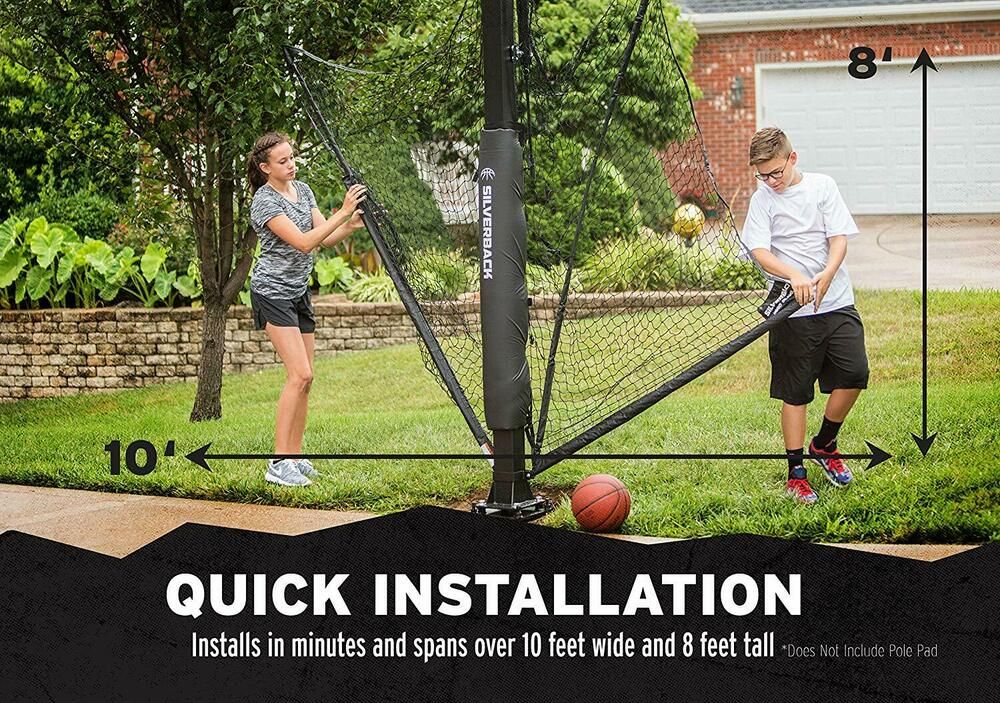 8).
8).
Exercise 9 Two players, throw and rebound (per result)
- The exercise is performed as described above.
- The player who made the pass tries to interfere with the shot, but does not block.
- Game up to 5 hits.
- Then we move to another position, and so on. (Fig. 9).
Exercise 10 Two players, throw and rebound, throw feint
- The exercise is performed in the same way as the previous one.
- The defender who made the pass tries to interfere with the player in position 1, but does not block the shot.
- The attacker makes a throw feint and beats the defender.
- Performs a short dribble, stops and throws.
- Do 5 times each and change position (Fig. 10).
Ex. 11 2 players, shot after a stoppage (from four meters or from behind the three-point line)
- The attacker is in position 1, ready to receive the pass.

- The player under the basket passes.
- After the throw, the attacker waits for the rebound to be made.
- The player receives a pass by making a stop, but already in position 2. Then back.
- Make 7 throws, two free throws and switch (fig. 11).
Ex. 12 Shooting with movement (from four meters or from behind a three-point arc)
- The attacker moves around the perimeter at game speed.
- A player passes to the hand farthest from the ring.
- The attacker must stop, catch the ball and throw.
- Make seven throws, two free throws and change (fig. 12).
Note: The previous exercise has three options.
A) Receive the ball and throw it.
B) After receiving, throwing feint, dribbling in the same direction, throwing.
B) Receives a pass, throw feint, dribbling to the ring in the other direction, stop, throw.
Ex.13 Various dribbling options and a jump shot
- The attacker starts from the center of the field and, dribbling at game speed, moves towards the ring, stops and takes a jump shot.
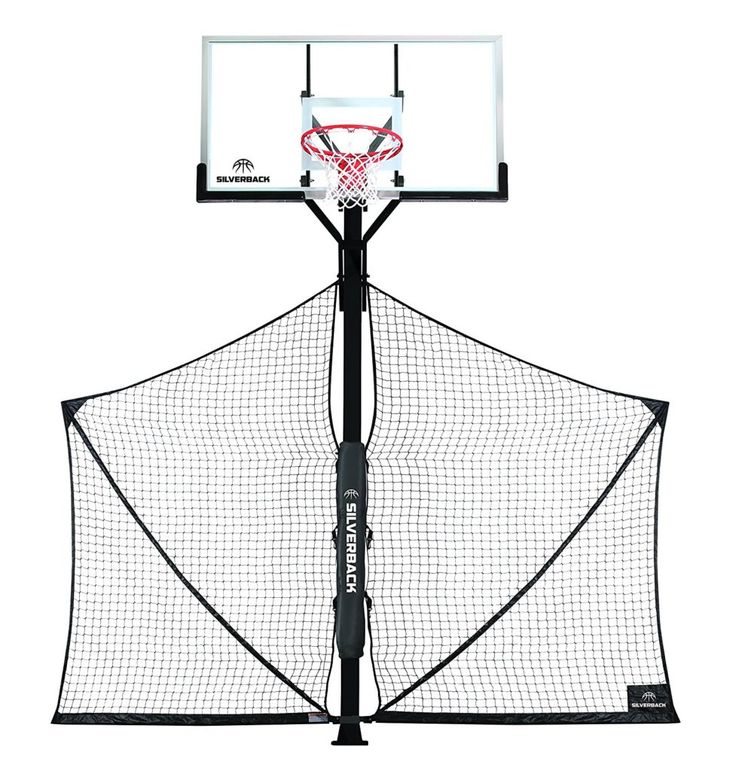
- The player under the basket picks up the ball, the attacker runs to the center of the field, and receives the ball on the opposite flank. Moves with dribbling to the ring, stop, jump shot.
- On the right side, dribble with the right hand, on the left - with the left (Fig. 13)
Note: Use speed dribbling, change of pace, transitions, pivots.
Three players, two balls
Exercise 14 Warm-up exercise
- One player throws, another passes, a third rebounds.
- Thrower becomes rebounder after seven tries.
- Passer - thrower. Picking up - passing (Fig. 14).
Note: different options are possible
1) From seven positions (four meters)
2) From seven positions (from behind the three-point arc)
3) From five points with feints to shoot
4) Throw after stoppage
5) Throw and rebound (constant rotation around the circle)
Double shots: using screens
To use the screen effectively, you must read the defender correctly.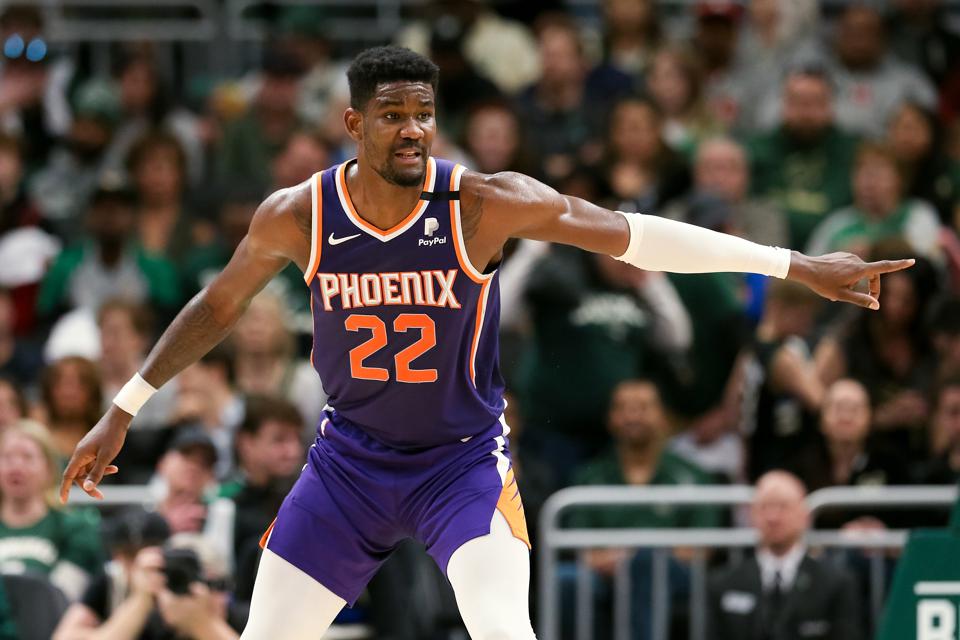 You must always see the player with the ball and how the defender defends against you. A player who moves well off the ball and knows how to use screens correctly is very useful offensively. When you watch a match that has good players, notice how well they move off the ball. The hardest thing to defend against is a well-moving attacker.
You must always see the player with the ball and how the defender defends against you. A player who moves well off the ball and knows how to use screens correctly is very useful offensively. When you watch a match that has good players, notice how well they move off the ball. The hardest thing to defend against is a well-moving attacker.
Exercise 15 Back screen and snatch
- The player imitates opening and screening behind his back, makes a dash to the corner of the court.
- Throw to the nearest hand.
- Attacker catches the ball and shoots.
- The attacker picks up his shot, passes to a partner and returns to his original position.
- Make seven attempts and change (Fig. 15)
Note: do not back away when dashing, turn around and run, but do not lose sight of the ball.
Exercise 16 Screening behind the back, "false" screening
- 1. Attacker starts on the base of the trapezoid and moves up to imitate the screening.
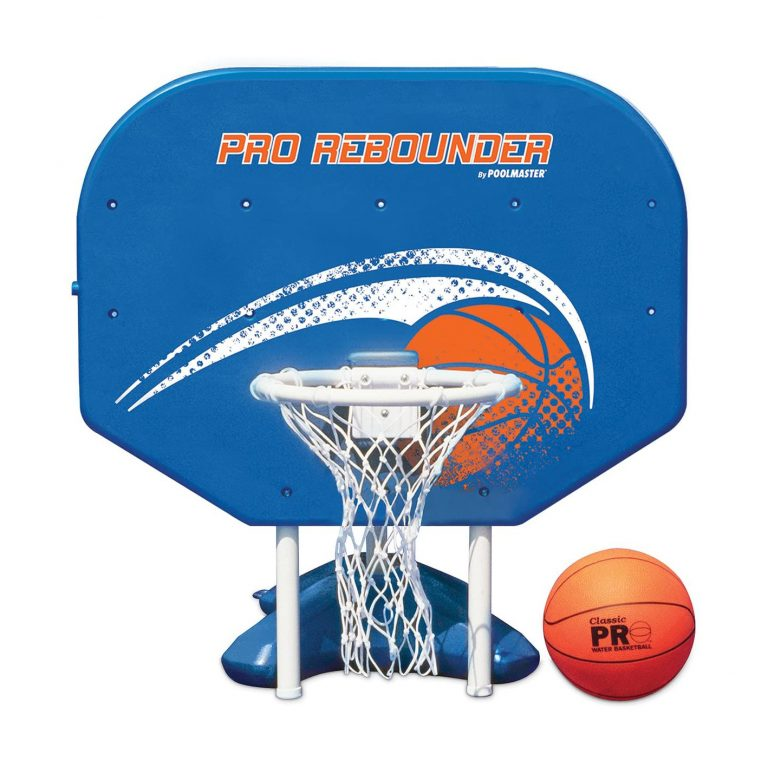
- 2. After the imaginary breakout runs, the screening attacker rises to the ball and prepares to receive the pass.
- 3. Having caught the pass, he immediately makes a throw.
- 4. Make seven attempts and change (Fig. 16).
0003
- An attacker imitates a defender aiming for a screen and rises sharply towards the ball.
- The player must be ready to receive the ball.
- The attacker catches the ball and makes a quick throw.
- Make seven attempts and change (Fig. 17)
Exercise 18 Screening the ball carrier, moving away from the ring
- The attacker screens the ball carrier.
- The ball carrier passes through the screen aggressively.
- Instead of pulling back to the basket (deuce), the screening attacker moves away from the basket and prepares to receive the pass.
- Having caught the ball, he immediately makes a throw.
- Make seven attempts, then change.

Exercise 19 Barrier at the base of the trapezoid - opening to the flank
- The attacker takes the player under the ring, breaks shoulder to shoulder through the barrier and makes a dash to the flank.
- When catching the ball, the player must turn to the ring.
- Use different throw options: just throw, and dribbling to the right or left after a throw feint. Change after five attempts (Fig. 19).
Exercise 20 Screening at the base of the trapezoid - opening into the corner of the court
- The attacker takes the player into the three-second zone, pretends that he will break through to the flank through the screen, the defender starts running around the screener through the three-second zone.
- The attacker makes a dash to the corner of the court, and the defender hits the screen.
- Further, the same as in the previous exercise (Fig. 20).
Ex. 21 Screen at the base of the trapezoid - dash inward
- The defender is chasing you, not falling behind until the very screen.

- Then you run through the screen as close to the screener as possible and break into the three-second zone or foul line area.
- Receive the ball by turning towards the hoop and throw it.
- Also work out various options for continuing after receiving the ball. After five attempts, change (Fig. 21).
Throws in pairs: pass and discount
Exercise 22 Pass and discount - starting from the center of the field flank.
The receiving player is opened for transmission. Player receives a pass and shoots. The player who made the pass picks up the ball and gives it to the thrower. Players switch roles. Everyone makes ten throws (Fig. 22).
Exercise 23 Pass and discount - start from the flank
Variation of exercise 22 (Fig. 23)
Exercise 24 Pass and discount - start from the corner of the site one more
exercise 2
more variation 3 .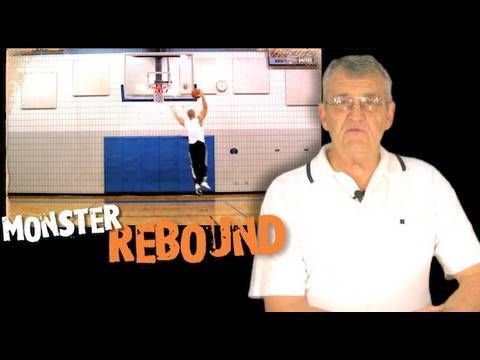 24).
24).
Updated on 03/18/2014 00:40
Go get an education, it's too late for you to become a basketball player - The Jay's - Blogs Jordan. They played basketball all their lives, they were talked about even during their school years and no one was surprised by the fact that sooner or later they would get into the world's major basketball league.
But what about the players who first picked up an orange ball not at age three, but in high school, or worse, in college? What chances do they have to achieve at least some success in the basketball field, and do they exist at all?
Everyone has a chance. This is the beauty of basketball. Today we will talk about athletes who got acquainted with basketball much later than most players.
Joel Embiid
Started: 2011 (15 years old)
Career stats: 22.8 + 9.9 + 2.8 + 2.0 (points/rebounds/assists/blocks)
Achievements: Rookie First Team, All-Star Game, NCAA Defensive Player of the Year.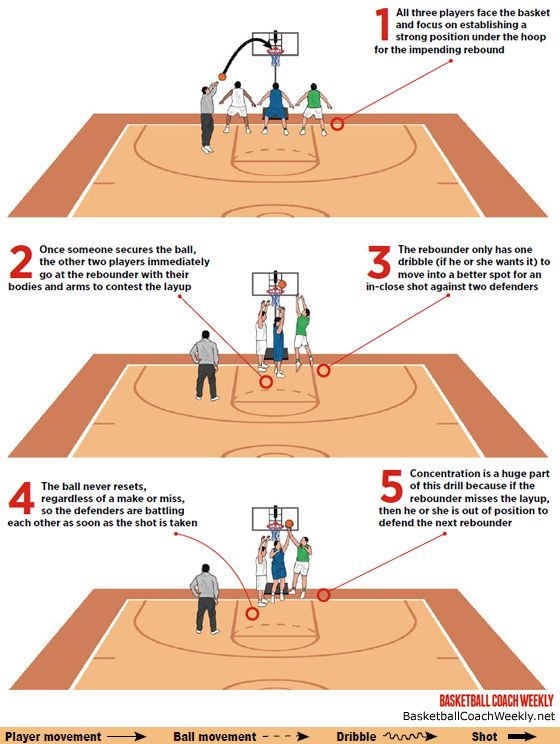
Process already looks like the top 3 center in the entire league. In today's NBA, if you're a center and you don't have a good and consistent shot, you're in for the fate of Hassan Whiteside. Old-school centers are no longer interesting to anyone, their actions are predictable, there is no threat from them on the arc, therefore this gives more freedom to the defending team. And that's why players like Anthony Davis, Karl Towns, DeMarcus Cousins and Joel Embiid sat down on the "basketball Olympus".
But if in the case of the first three centers, the ascent took 15-20 years, then Embiid needed only 7.
Initially, "Process" wanted to become a volleyball player and try his hand at the European championships. But when the young Embiid was 15 years old, he picked up a basketball for the first time and began to copy Hakim Olajuwon's style of play. Joel liked the game so much that in the same year he went to a basketball camp organized by Luc Mba a Mute in Cameroon.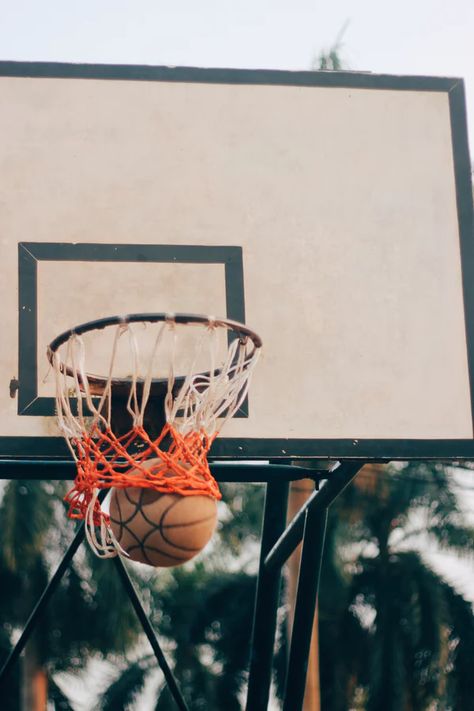
As a result of this camp, Luke is so impressed with Embiid's game and potential that he invites him to try himself in America.
At the age of 16, Joel Embiid moves to the USA and decides to become a professional basketball player.
In the states, the "Process" continued to progress and ended up in one of the best student organizations - Kansas. In his only college season, Embiid scored something like 11+8, entered the top 30 students and entered the draft with a back injury.
At first, Joel did not work out in the NBA, precisely because of an unfortunate injury, and for the first two years he spent almost all of his time in the infirmary. But after the recovery and after the last season, we see a top center, who is undoubtedly far from his peak and will continue to progress.
.0002 Achievements: Hall of Famer, 5x NBA Champion, 2x Defensive Player of the Year, 2x All-Star, 7x Defensive Top Five.
The best rebounder in basketball history, ready to rip opponents' elbows out with the ball, only got to know basketball in high school. And it is very difficult to call this acquaintance the beginning of his basketball career. Rodman, a model of his school years, did not really know how to dribble, and his shots from under the basket left much to be desired, not to mention the shots from the middle. As a result, throughout his school career, Rodman sat on the bench. Also, young Dennis tried to get into the school football team, but failed there too.
And it is very difficult to call this acquaintance the beginning of his basketball career. Rodman, a model of his school years, did not really know how to dribble, and his shots from under the basket left much to be desired, not to mention the shots from the middle. As a result, throughout his school career, Rodman sat on the bench. Also, young Dennis tried to get into the school football team, but failed there too.
Of course, after such a school "performance", no college offered Rodman an athletic scholarship. As a result, Dennis graduates from high school and goes to work as a janitor at the local airport. And just at that time, the young player has a so-called "growth spurt" and decides to try his hand at basketball again, despite the fact that he did not feel very comfortable in his new two-meter body.
A friend of the Rodman family, he got a position as head coach at a small college in Texas, and offered the young Dennis a scholarship. As a result of his first and only semester (Rodman was expelled for poor progress), the young player scores 17 + 13! Agree, very good numbers for a player who a couple of years ago could not get out from under the ring.
The most interesting thing is that during high school, Dennis was only 170 cm tall. But by the time he went to college at 21, Rodman was already 204 cm tall! It's amazing how he has grown so much in just 4 years.
After his first undergraduate performance failure, Rodman was given a second chance at an Oklahoma college whose team was NAIA. There he spends three fruitful years, gaining 25 + 15, becomes the leader in rebounds and gets into the 19th draft.86, where he was drafted 3rd overall by the Detroit Pistons in the second round.
Everything that happened next is history. Dennis went from a calm and reserved player who did his job in the Pistons, like other "bad guys", into an outrageous, media player.
But it is worth noting that this did not affect his game in any way. Rodman became the best defensive player of the championship 2 times, got into the top five defensively 7 times and became the best rebounder 7 times in a row. Well, it’s not worth talking about his five championships, everyone already knows about it.
Interesting fact: Father Dennis Rodman has 48 children.
Another interesting fact: Dennis Rodman is the oldest of them.
Moving on.
Hakim Potzzhivon
When I started: 1979 (16 years old)
Statistics for career: 21.8 + 11.1 + 2.5 + 3.1
Achievements for careers: Member 1x NBA Champion, 1x NBA MVP, 1x Finals MVP, 12x All-Star, 2x Defensive Player of the Year, one of the top 50 basketball players of all time.
The Dream, until the age of 16 he was exclusively fond of football and handball. And it was a football career that helped Hakim with footwork and body balance in the future.
At the age of 16, the two-meter-high Olajuwon is invited to take part in a basketball tournament (even though Hakim has never played it). There, a basketball coach notices him and informs Hakim's parents that their son may have a good career, but in Nigeria he will remain only budding. Hakim begins to train hard with his coach in order to achieve something in professional sports. Here's what he said about basketball:
Here's what he said about basketball:
Basketball is something unique. When I took the ball in my hands, I immediately knew that this is what I want to do all my life, you know? After that moment, any other sports lost their meaning for me.
As a result of all this, the parents of a young basketball player send him to America, where Houston College was waiting for him to watch. Hakim impressed coach Guy Lewis with his game and he accepted the young player into the squad.
Season 1980/1981 Olajuwon missed out because he was still too young to play in the NCAA (17 years old). But over the course of the next three years in college, Hakim screwed up and showed the entire student league who's boss in the paint!
He becomes the Final Four MVP, also earns the NCAA Southwest Conference MVP, and the Rockets begin to fold the 1983/1984 season in order to take Hakim with the first pick in the upcoming draft.
If you are reading this and think that Hakim was very good, you are right.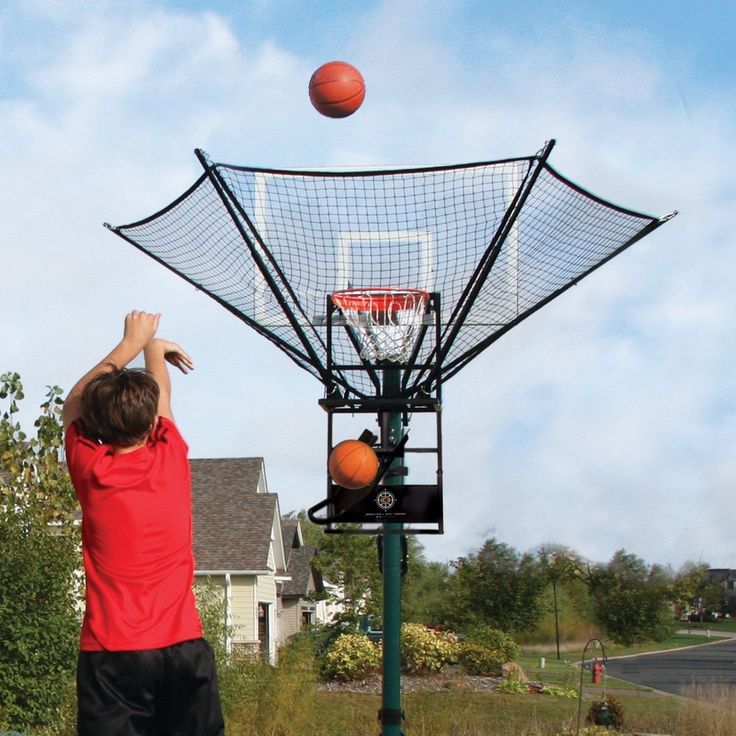 But do not forget that The Dream achieved all this in 5 years from the moment of his first basketball game!
But do not forget that The Dream achieved all this in 5 years from the moment of his first basketball game!
What happened next - you yourself know everything again. Hakim became one of the best centers in the history of basketball, an innovator and creator of new offensive techniques in the paint. Seriously, show me one player in the history of basketball that has played better than Hakim in the post?
Olajuwon led his hometown of Houston twice to the championship, became the most valuable player in one of the finals, the most valuable player in the league and was twice recognized as the best defensive player. Great career, great player!
DIKMBA MUTOMO
When I started: 1984 (17 years old)
Statistics for career: 9.8 + 10.3 + 1.0 + 2.8
Achievements: Member of the Glory Hall of NBA, 8-fold Glory Hall of Glory. All-Star, 4-time Defensive Player of the Year, 2-time rebounding leader, 3-time block shot leader.
Another African who started playing basketball very late.
Until the age of 17, Dikembe "not in my house" Mutombo was fond of exclusively football and did not see himself anywhere except on a wide lawn (or sandy wasteland) with goals along the edges. So his youth passed, if not for his older brother, who invited him to play basketball.
Basketball meets Dikembe in style. In the first game, Mutombo cracks his chin and tells his brother that he will never play this "stupid game" again.
But still, after a couple of weeks, the brother again persuades Dikembe to play. And from that moment began the basketball adventure of one of the best defensive players in the league. Mutombo started playing in the African League and achieved excellent results. A vivid confirmation of this is a sports scholarship from Georgetown.
Mutombo enters the NCAA at the age of 21 and immediately shows excellent results. In his very first season, Dikembe manages to make 12 blocks in ONE game! And in general, the period 1988-1990 was one of the best in history for Georgetown. Under the ring, along with Dikembe, was another future member of the hall of fame - Alonzo Morning. Their bunch was even nicknamed "Rejection Row".
Under the ring, along with Dikembe, was another future member of the hall of fame - Alonzo Morning. Their bunch was even nicknamed "Rejection Row".
College career can be called successful. Mutombo was named to the NCAA East Division First Team as well as the All NCAA Third Team, and was selected with the 4th pick in the 19 draft91, aged.. 25 years old.
But even with such a late start, Mutombo had a long and fruitful career, spending as many as 18 seasons in the league!
He achieved everything, almost everything. Dikembe never received the coveted ring, but few would say that his career was not a success.
Throughout his career, the Congolese basketball player has demonstrated high professionalism, quality defense and incredible block shots. Mutombo was named the NBA's Defensive Player of the Year four times, was elected to the league's All-Stars three times, and took part in the All-Star game eight times.
Tim Dancan
When he started: 1991 (15 years)
Statistics for career: 19.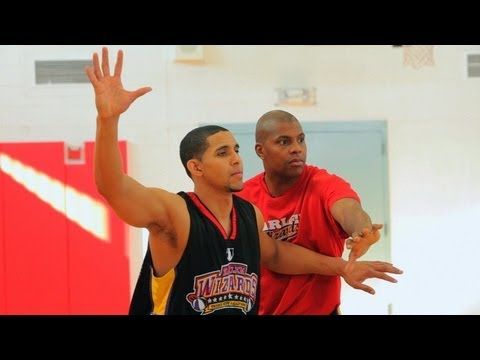 0 + 10.8 + 3.0 + 2.2
0 + 10.8 + 3.0 + 2.2
Achievements by career: 5-fold champion NBA, NBA, NBA, NBA, NBA, NBA, 5-fold champion NBA, NBA, 5-fold NBA 2-time MVP, 3-time Finals MVP, 15-time All-Star, 15-time All-Star (10 times first), 15-time Defensive Five, Rookie of the Year, 2003 Athlete of the Year, NCAA Player of the Year .
Tim Duncan is the best basketball player of the 2000s and possibly the greatest basketball player of the 21st century. Try to convince me of this as much as you like, but such a stable, unselfish and simply excellent player is very difficult to find. Duncan is a hard worker who does an enormous amount of work from game to game, from season to season, without requiring any attention and encouragement from the basketball community.
But it all started in the Virgin Islands, when young Tim, looking at his sister Trisha, who was a swimmer, wanted to follow in her footsteps. Duncan trained hard day after day and dreamed of taking part in the 1992 Olympic Games.
But his dream was not destined to come true. In 1989, Hurricane Hugo swept through the Caribbean and caused damage to many countries, including Tim Duncan's native Virgin Islands. And everything would be fine, but the same hurricane destroyed the only pool on the islands and Duncan now had nowhere to train.
You say - hey, if he lives on an island, then the ocean is around! Why shouldn't he train there? It's very simple - Duncan is terrified of sharks. That is why his swimming career ended so early.
At the age of 15, Duncan picks up a basketball for the first time and starts playing for the school team. And here is what his first coach said about Timmy:
Duncan was huge. He was big and tall, I haven't trained players like that for a long time. But despite all his dimensions - he was just terribly clumsy!
Gradually Tim began to improve, averaging 25 points in his senior year at school. His game has attracted a large number of universities and colleges from all over America. And Wake Forest offered the young player an athletic scholarship.
And Wake Forest offered the young player an athletic scholarship.
In college, Duncan begins to develop his usual playing style. Simple but effective. Duncan combined many aspects of the game, such as high-quality post play, open mid-range shots, and tough defense. It was this style that helped not only him, but also his team, to show good results in the NCAA.
Duncan, one of the few superstars (if not the only one) who spent all four years of college! All because he promised his mother, who died the day before Tim's 14th birthday, that he would graduate from college and get an education.
In the end, over 4 years in college, Tim was 97-31, scored over 2,000 points, 1,500 rebounds and 400 blocks and was automatically selected for the 1998 draft, where he was selected with the first pick of the San Antonio Spurs.
With the Spurs, Duncan first became David Robinson's assistant, then became a team leader himself for many years. San Antonio is a 15-year dynasty, just like the New England Patriots (as a fan of all Boston teams, I just had to compare the two franchises). And all this time, the main face of the team was Tim Duncan, the man who achieved everything in the NBA.
And all this time, the main face of the team was Tim Duncan, the man who achieved everything in the NBA.
Yannis Antetokunmpo
When I started: 2007 (13 years old)
Statistics for the career: 12.2 + 6.6 + 2.9 + 1.1
Achiors: The most progressive player NBA, 2-fold All-Star Team Member, 2nd NBA Team.
Giannis was born in Grezzi, in a family of Nigerian immigrants and until the age of 13 he played only football, having absolutely no idea what basketball is and who needs it at all.
Yannis and his family had a hard time, to put it mildly. There was a catastrophic lack of money, so he and his brother sold all sorts of trinkets, watches, bags on the streets, trying to somehow help their parents with finances. Well, after a hard day, Giannis and his brother went to the football field and chased the ball until late.
That was until 2007, when basketball appeared in the life of the young Antetokounmpo.
The young player fell in love with the game and started devoting all his free time to developing his basketball skills. And it paid off! Two years later, in 2009, Giannis starts playing for Fylatlitikos youth team.
In 2012, The Greek Freak made the main roster, spent a mid-season in the Greek League Two and entered the 2013 draft, where the Milwaukee Bucks nonetheless were selected.
Giannis' NBA career developed over three seasons. The coaching staff worked very competently here, which, as Antetokounmpo performed in the league, gradually loaded him with new baggage of knowledge and skills. Giannis soaked it all up like a sponge and as time went by, his minutes played and his role in the team increased.
Now Giannis is the future of basketball, the second LeBron, the man who can make the Eurostep from the three-point line. I'm afraid to imagine what will happen to this player in the future, because Giannis is only 23 years old! And he is already a franchise player and will progress in each next season.
Mark Eaton
Started: 1977 (21 years old)
Career stats: 6.0 + 7.9 + 1.0 9.0 + 1.00003
Achievements: 2x Defensive Player of the Year, All-Star, 4x Block Shot Leader, 3x Defensive Five.
Mark Eaton's story is perhaps the most amazing of all the players featured. Despite his rather impressive height (224 cm), Mark preferred to play water polo (???) than basketball.
After Eaton graduated from high school, he went to college to major in auto mechanics. Immediately after graduation, Mark moves to Anaheim, where he begins to work in his new profession.
After three years of carefree life as an auto mechanic, he is found by Tom Lubin, who was fixing his car at Mark's. Tom was a chemistry teacher and assistant head coach at a small college in California. It was he who suggested that Mark try his hand at basketball and did not lose.
In two years of college, Eton averaged 14 points and led his college to victory in the California Collegiate Championship.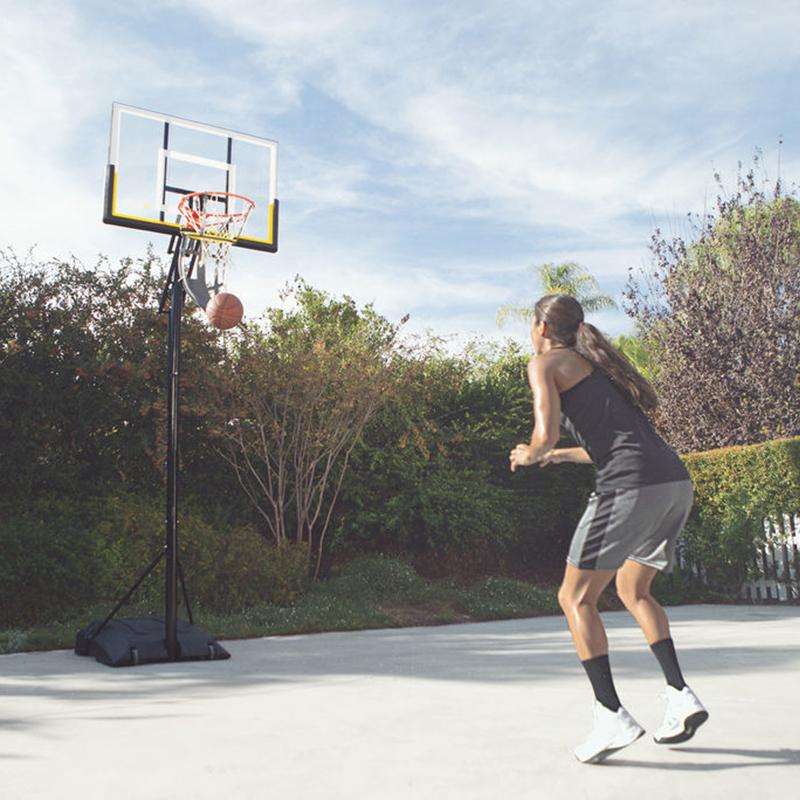 After that, Mark chooses the Phoenix Suns in the 19 draft.79 in the fifth round. Eton had the right to refuse and return to college, which he did.
After that, Mark chooses the Phoenix Suns in the 19 draft.79 in the fifth round. Eton had the right to refuse and return to college, which he did.
But this was not a small college somewhere in the middle of California. Eton received an offer from the famous UCLA, which he, of course, accepted.
Career at the main college of Los Angeles did not go up, but flew down with terrible force. In two years, Mark spent only 42 minutes, gaining 1+2 in 11 matches. And of course, no one wanted to take him in the draft. Nobody but Utah. The leadership of "Jazz" was guided by iron logic - everything can be taught to the big, the main thing is that it is big.
Fun fact: Wilt Chamberlain was in attendance at UCLA once Eton played. The great center saw the frustrated Mark and gave the young player some advice, in particular: to "score" on attacking actions and focus on protecting his own ring, collect rebounds and pass the ball to faster partners, instead of competing with the same fast opponents. The conversation is said to have marked a turning point in Mark's career.
The conversation is said to have marked a turning point in Mark's career.
"Utah" did not lose. In his first season, Mark becomes the team's starting center while setting a new league record for blocked shots in a season. In the 1973-1974 season, Mark averaged 5.5 blocks per game and also grabbed 11 rebounds and was named the best defensive player.
Eton's career can hardly be called great. But the fact that he was an excellent defensive player should not be in the slightest doubt. Two titles of the best defender of the league and fixed by “Utah” 53rd number is a vivid confirmation of this!
Players who also started late: Dirk Nowitzki, Shaquille O'Neal, Manute Bol, Michael Olowokandi, Steven Adams.
As you can see, everything depends on desire, hard work and everyday training. If you are over 20 years old and you are an African seven-footer, then you have a good chance of getting into the world's major league. But if not, you still have a chance.